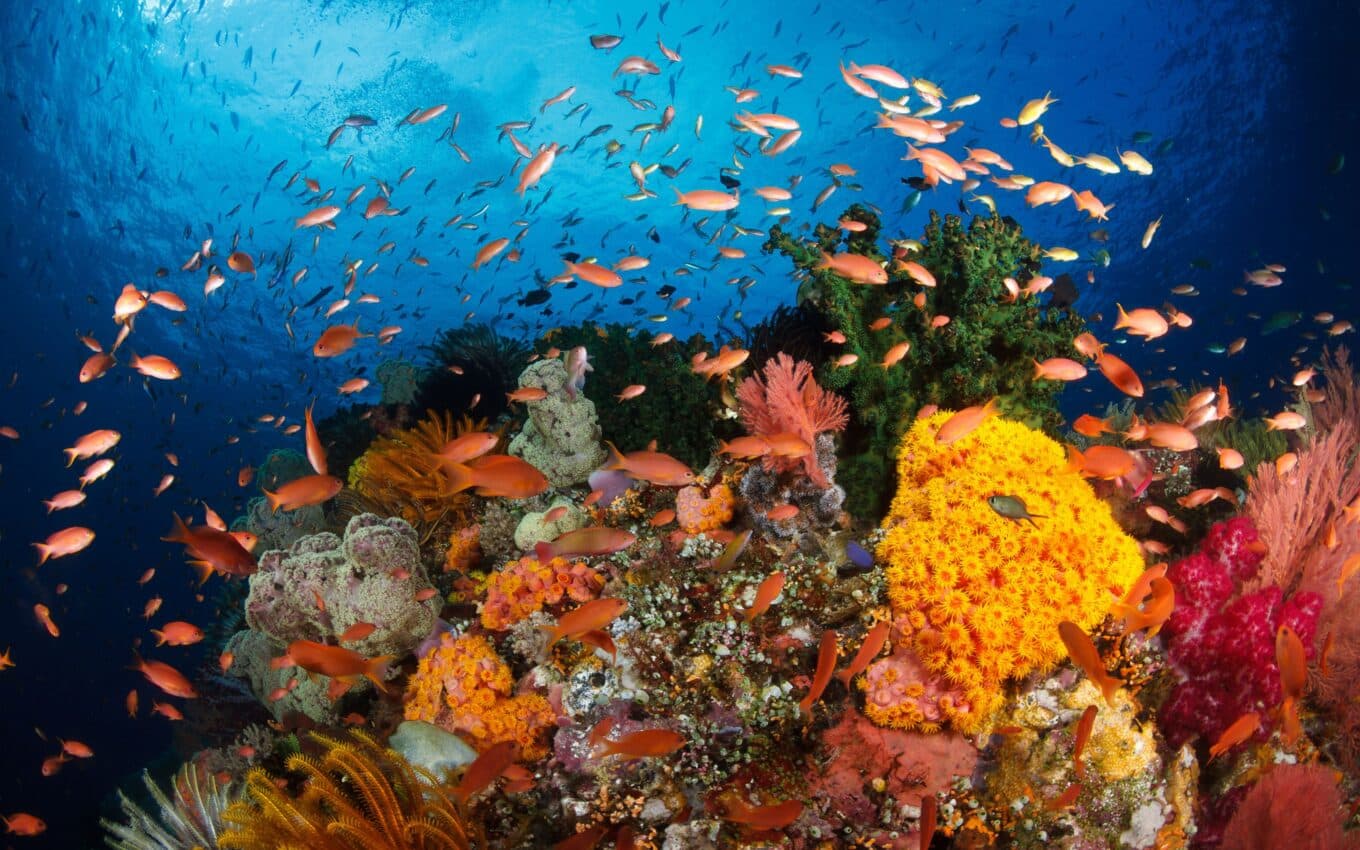The oceans are home to many untold tales and comprise more than 70% of Earth’s surface. Animals of all sizes contribute to sustaining the ocean’s equilibrium.
If you are someone who loves to explore, has a desire for knowledge, and has a fascination with the deep blue, you are at the right place.
We need to also keep in mind that it is becoming more and more critical to protect the fragile ecosystem from the effects of pollution, climate change, and overfishing.
Get ready for a thrilling tour through 35 amazing facts about the ocean that will blow your mind!
5 Major Oceans in the World
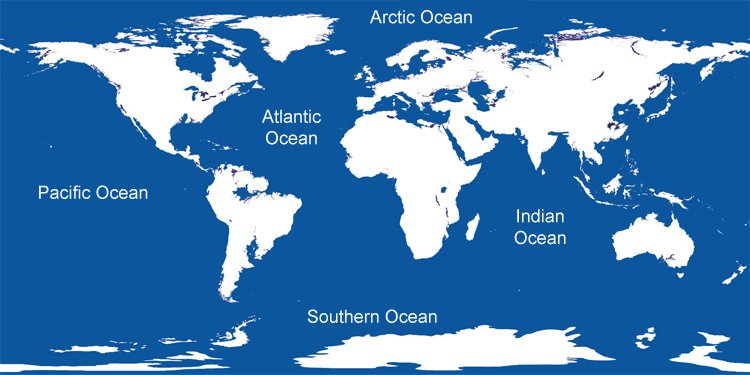
Following are the 5 major oceans in the world that you should look out for and know about:
1. Pacific Ocean
With a surface size of over 63 million square miles, the Pacific Ocean is the largest and deepest ocean. It extends from the western coast of the Americas to the eastern coast of Asia.
There are many islands, archipelagos, and undersea mountain ranges in the Pacific, which is noted for its size and diversity.
The Mariana Trench, which reaches around 36,070 feet, is one of its most notable features.
2. Indian Ocean
With a surface area of over 27 million square miles, the Indian Ocean is the third-largest ocean. It is halfway between the Indian subcontinent, Africa, Asia, and Australia.
Warm waters and many island states, including Madagascar, the Seychelles, and the Maldives, are characteristics of the Indian Ocean. Because important marine routes cross it, it plays a vital role in world trade.
3. Atlantic Ocean
Measuring around 41 million square miles, the Atlantic Ocean is the second-largest ocean. It reaches eastward from Europe and Africa to the Americas in the west.
The commercial routes between the Old World and the New World during the Age of Exploration relied heavily on the Atlantic Ocean.
The Mid-Atlantic Ridge, a centrally located underwater mountain range, is another characteristic.
4. Southern Ocean
The Southern Ocean surrounds Antarctica and stretches up to 60 degrees of latitude in the north.
Although it lacks clear limits, it is acknowledged as a separate ocean because of its physical and ecological traits.
Strong circumpolar currents in it assist in balancing the planet’s temperature by dispersing heat.
5. Arctic Ocean
Spanning about 5.4 million square miles, the Arctic Ocean is the smallest and shallowest of the five oceans. It is mostly covered by sea ice, especially during the colder months, and encircles the North Pole.
The Arctic Ocean is essential for controlling the climate and sea levels worldwide. Polar bears, walruses, and Arctic cod are just a few of the animals that call it home.
Fun Facts About the Ocean that Kids Must Know
Look out for the following fun facts that you, as a kid, should know about:
1. Ocean Layers
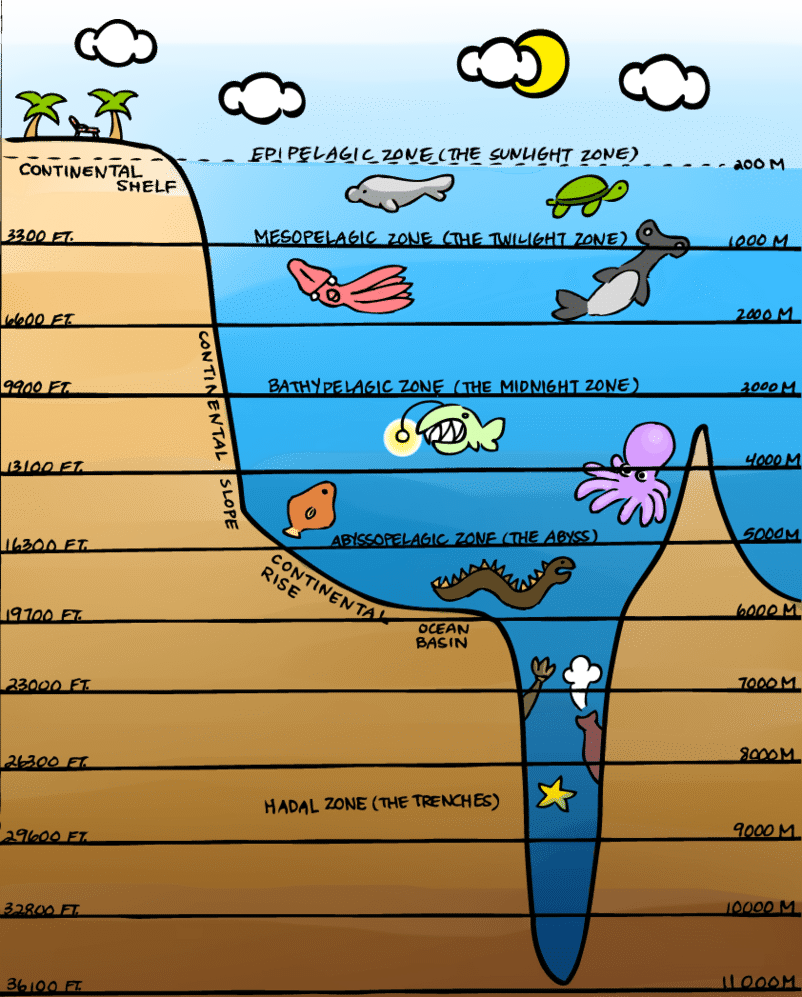
The ocean is divided into layers: the sunlight zone, where light can penetrate; the twilight zone, where light is dim; the midnight zone, where it is completely dark; and the abyssal zone, where pressure and depth are extremely high.
Each zone has a unique ecosystem, displaying the ocean’s astounding diversity and capacity to adapt to changing environmental factors.
2. Earth’s Largest Creature
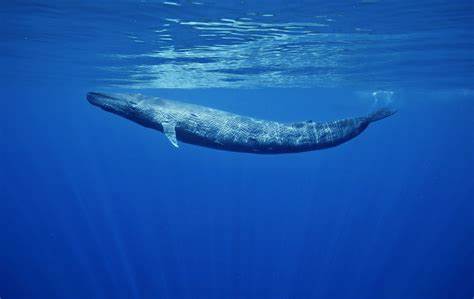
The largest animal on Earth, the blue whale, lives in the sea. This enormous creature, which has a length comparable to three school buses, mesmerizes with its size.
It is a gorgeous marine creature that represents the vastness of the ocean and the astounding variety of life that resides there.
3. Underwater Volcanoes
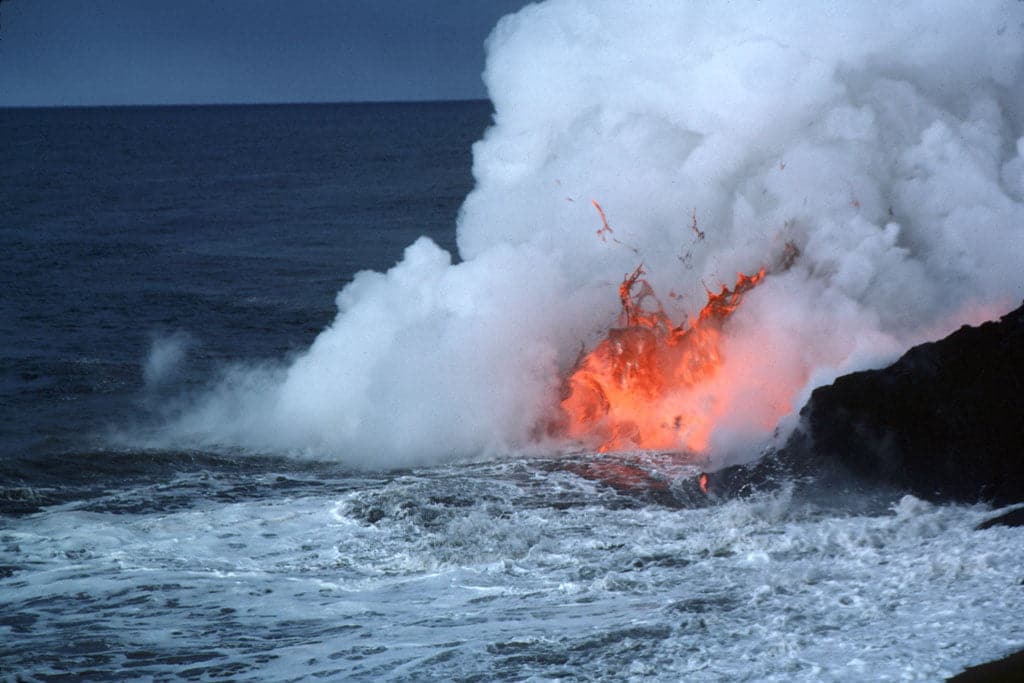
Underwater volcanoes beneath the ocean’s surface are responsible for creating new landmasses, including islands. These undiscovered geological wonders release molten rock, magma, and gases that help landforms form.
Their dynamic activity highlights the Earth’s crust’s ongoing evolution and the ocean’s contribution to shaping the many topographies of our world.
4. Glowing Water
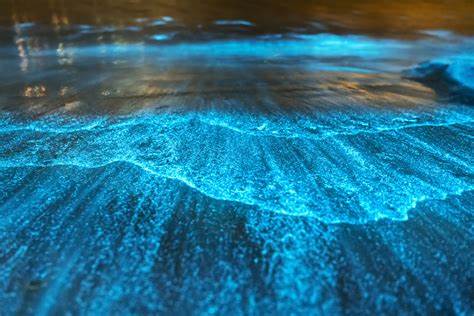
Bioluminescent plankton, similar to sea fireflies, ensure light from the ocean’s depths, lighting the nighttime seas.
This mesmerizing phenomenon gives the pitch-black area an amazing glow while showing nature’s artistic exhibition and the fascinating adaptations of marine life to produce a brilliant spectacle.
5. Great Barrier Reef
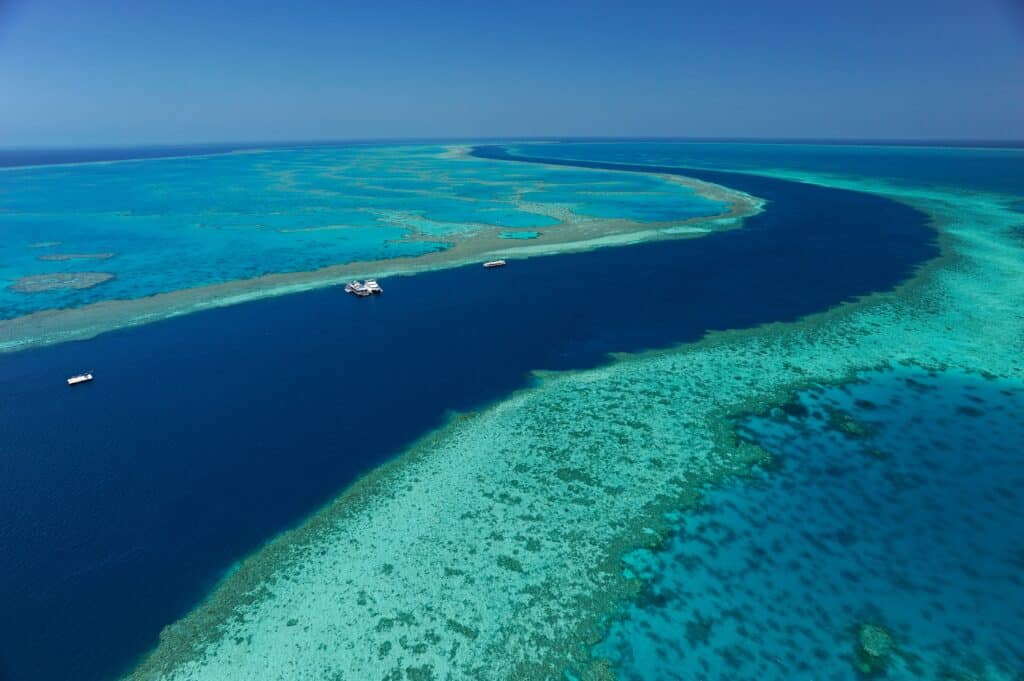
Even from orbit, the Great Barrier Reef in Australia is the world’s largest coral reef system.
This ecological marvel’s enormous biodiversity and thriving marine life highlight coral reefs’ fundamental ecological relevance and the breathtaking beauty they contribute to both land and water.
6. Tide Pool Exploration
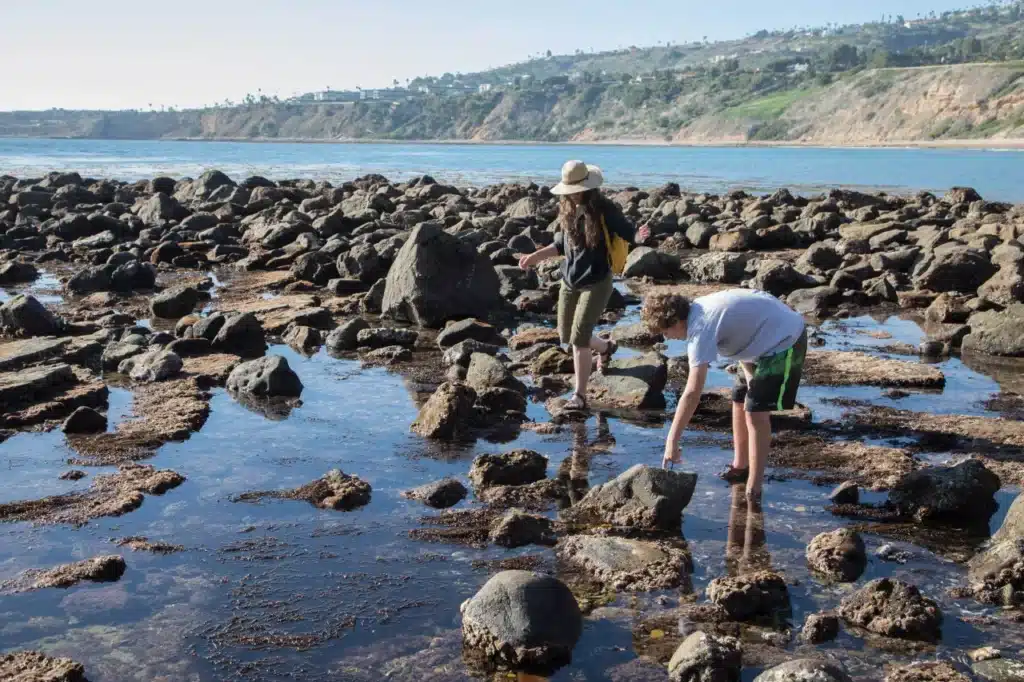
Explore tidal pools at low tide to find the teeny sea life that calls these aquatic wonders home. Learn about crabs, anemones, and colorful starfish to get a fascinating look at the little ecosystems of the ocean.
A hidden world brimming with excitement and marine life can be discovered by exploring tide pools.
7. The Phenomenon Called Oceanic Hypoxia
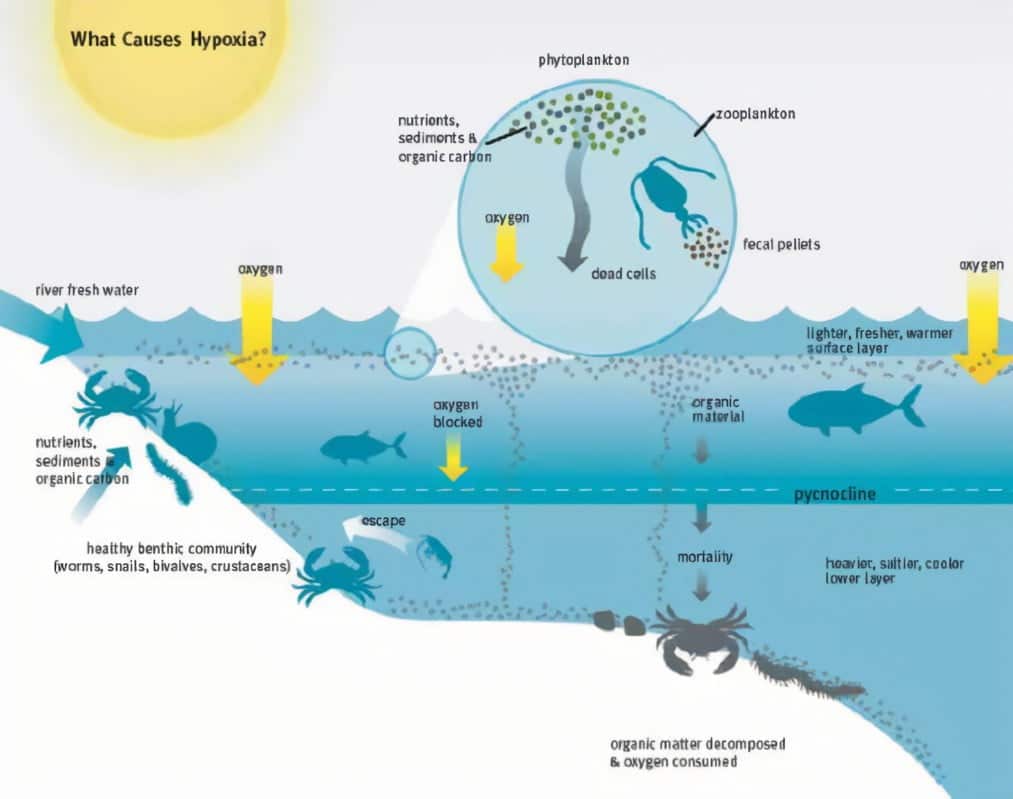
Oceanic hypoxia refers to the oxygen minimum zones inside the ocean. These specific zones can be affected by monsoon winds, climate change, decomposition, stratification, and many more.
The northern part of the Indian Ocean, near the Arabian Sea, is the well-known oceanic hypoxia zone to look out for. These zones can significantly impact marine life and the ecosystem.
8. The North Pole in The Middle of The Arctic Ocean
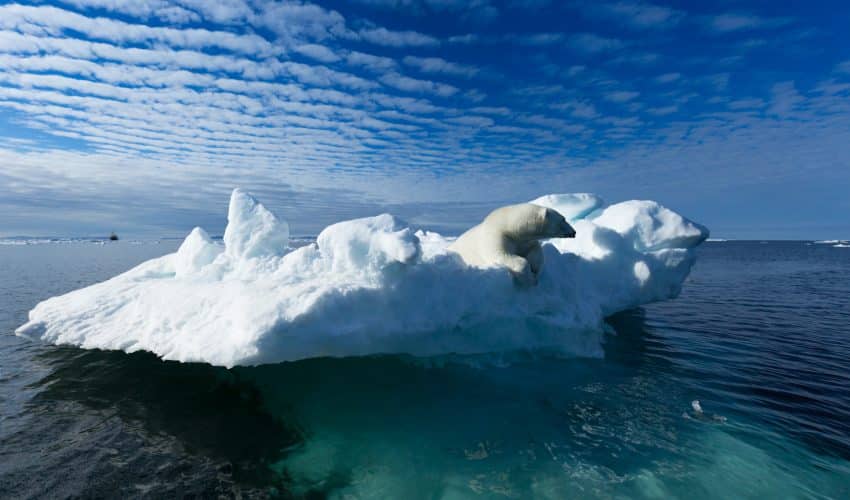
In the heart of the Arctic Ocean is where you’ll find the North Pole. It is located amid the Arctic area, the northernmost point on Earth, and is surrounded by a frozen sea ice cap continually shifting due to ocean currents.
It is isolated and challenging to reach, but it has symbolic and scientific significance.
9. Shark Variety
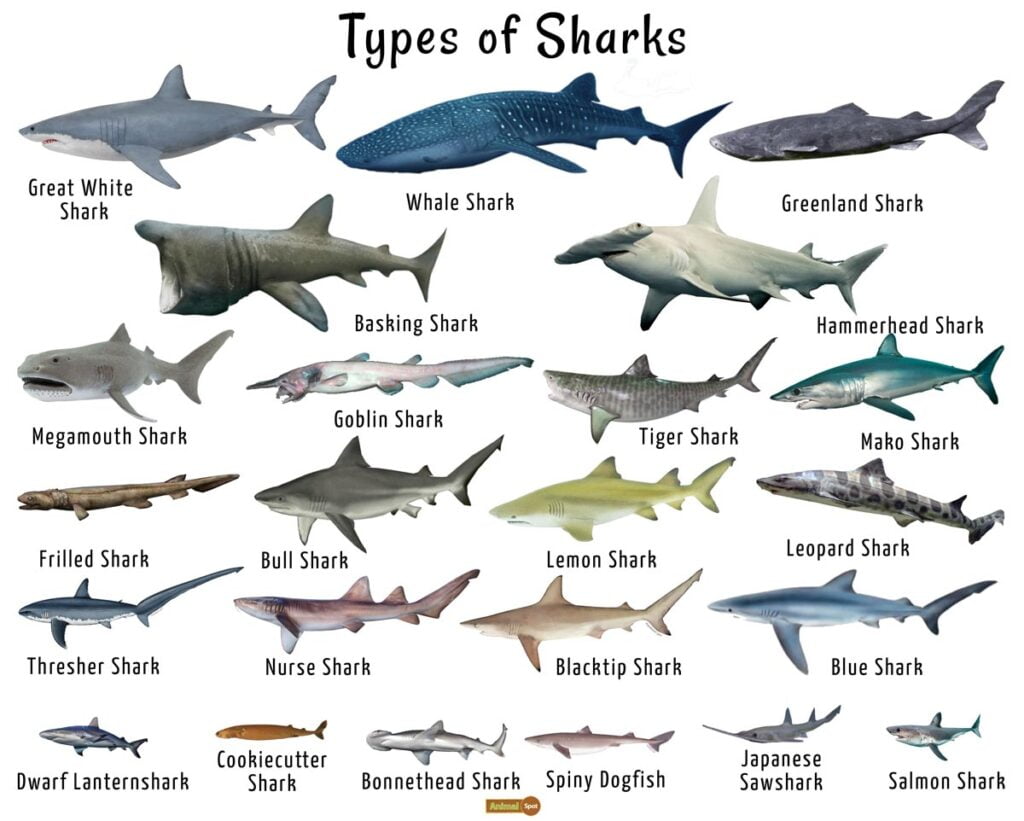
Over 500 different species of sharks make up the enormous shark family, and each one has a variety of sizes and features.
These amazing predators, which range in size from the enormous to the tiny, are found in maritime environments worldwide.
They represent nature’s propensity for adaptability and evolution by giving rise to various forms in aquatic ecosystems.
10. Ocean: Largest Solar Energy Collector
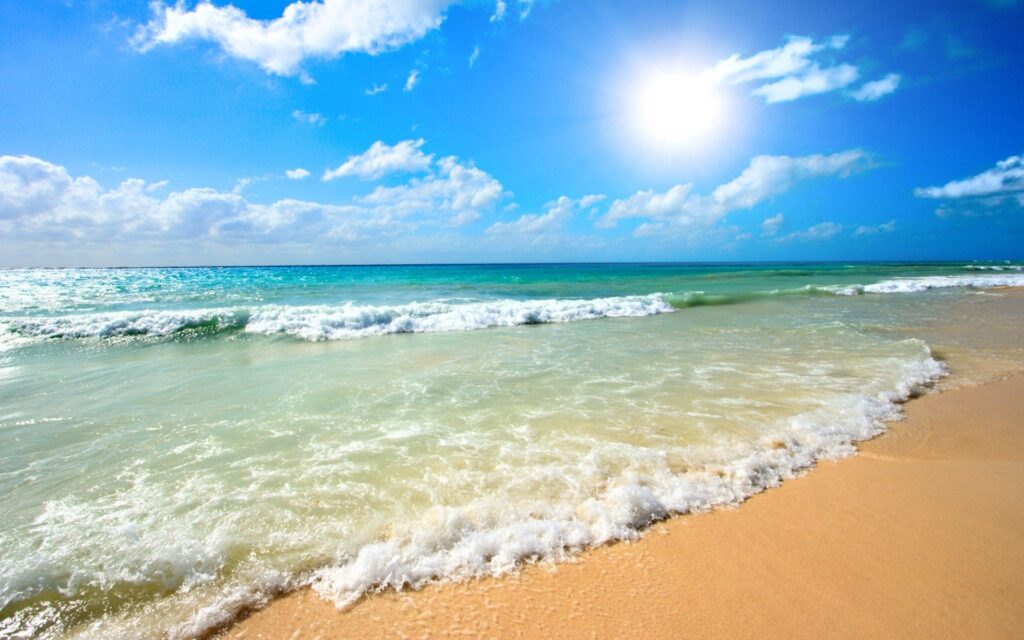
The amount of greenhouse gases in the Earth’s atmosphere is increasing, and as a result, these gases build up in the atmosphere and thicken its “blanket.” More heat is subsequently trapped.
The oceans also take in a significant amount of the extra heat that would otherwise remain in the atmosphere.
This process has been going on for a while, but as greenhouse gas concentrations rise, more heat is trapped, and a significant amount of that heat is making its way into the oceans.
11. Part of The Ocean That’s the Furthest from Land
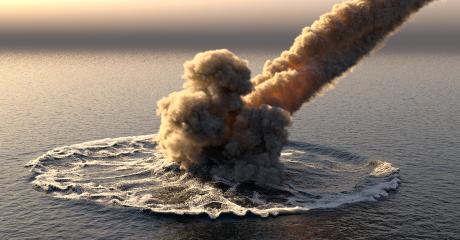
The “Point Nemo” is a common name for the oceanic location farthest from any land. Ducie Island is the closest land mass, which is located roughly 2,688 kilometers away from it in the South Pacific Ocean.
It’s a far-off, barren place, and because of its isolation, it has come to be known as a “spacecraft cemetery,” where retired satellites and other space junk are frequently deorbited and allowed to burn up over this region to lower the risk of collisions with other space junk or with inhabited areas.
12. The Indian Ocean – The Most Dangerous for Sailing
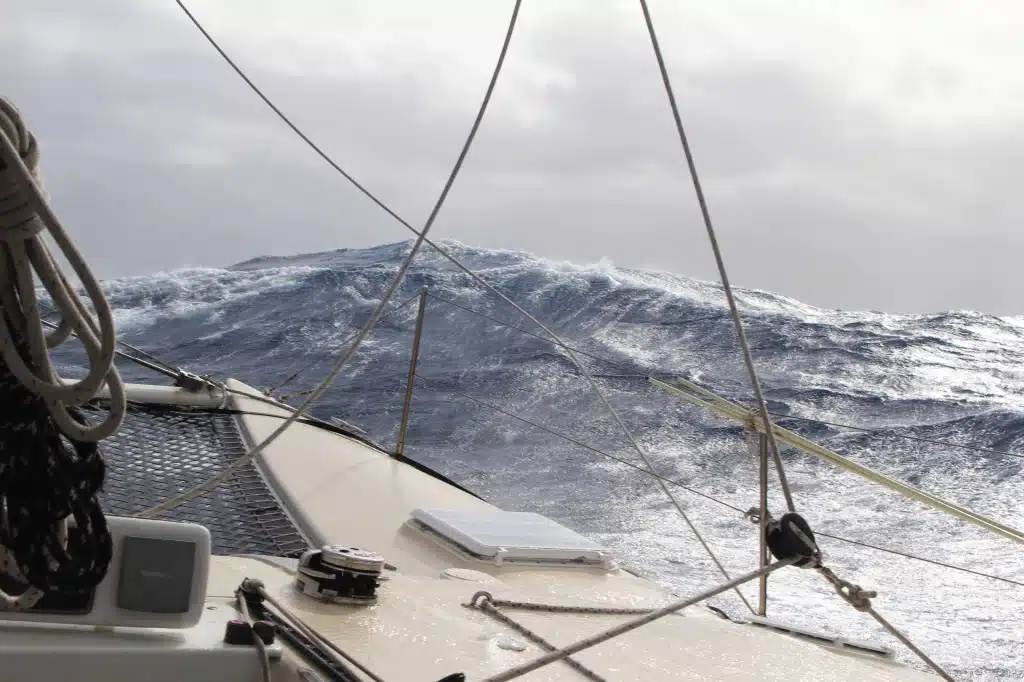
The Indian Ocean is renowned for having difficult sailing conditions. It is dangerous due to erratic monsoon winds, abrupt storms, and powerful currents.
It is hazardous due to the Agulhas Current near southern Africa and the cyclone-prone waters of the Bay of Bengal.
To manage the complexities of these seas and reduce hazards, mariners need skill and meticulous planning.
13. Atlantic Ocean Has the Highest Tides
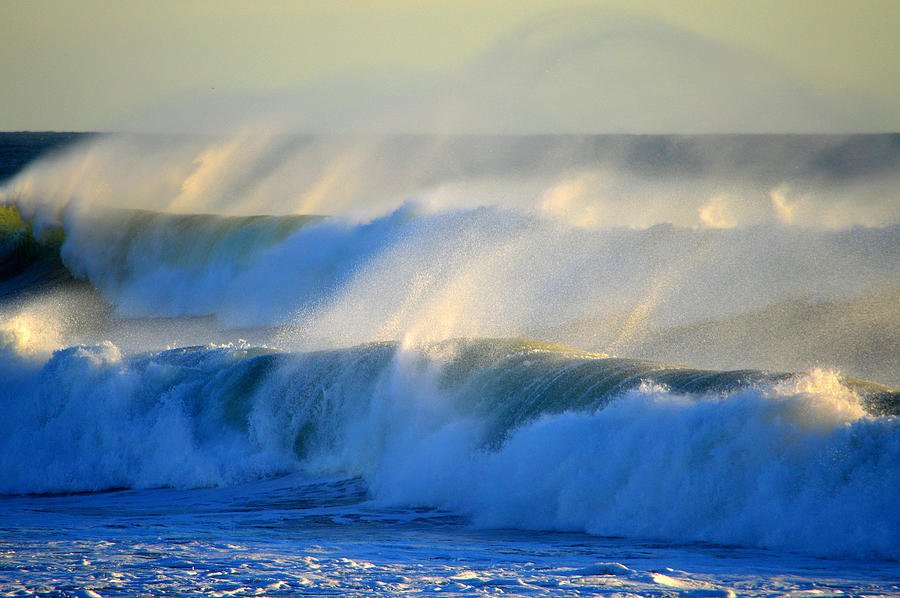
Contrary to popular opinion, the Bay of Fundy, a Canadian body of water connected to the Atlantic Ocean, has the planet’s most extreme tides, which can reach heights of 16 meters.
The unique topography of the bay, tidal resonance, and the Moon’s and Sun’s gravitational pull all contribute to these astounding tides.
14. Atlantic Ocean: The Division in North and the South
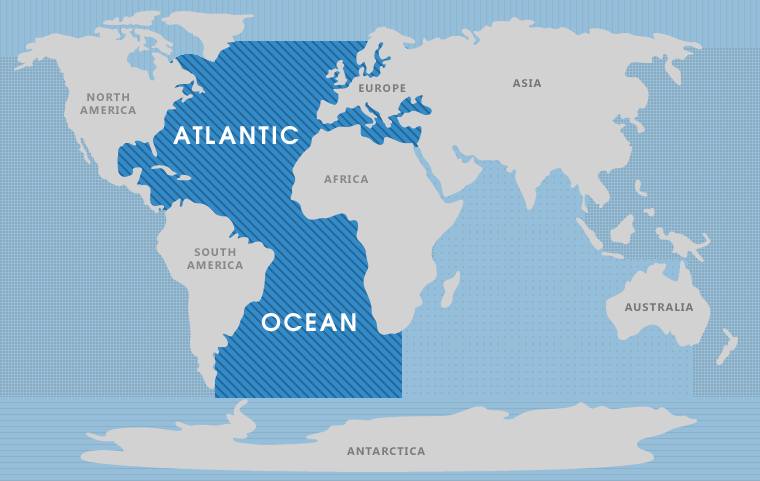
The existence of different ocean currents divides the Atlantic Ocean into two parts, namely, the North Atlantic and the South Atlantic.
The ocean occupies an enlarged and S-shaped basin that extends in the north-south direction. Other reasons for this division include different climates, geographical separation, and historical significance.
15. Antarctic Ocean – The Youngest Ocean
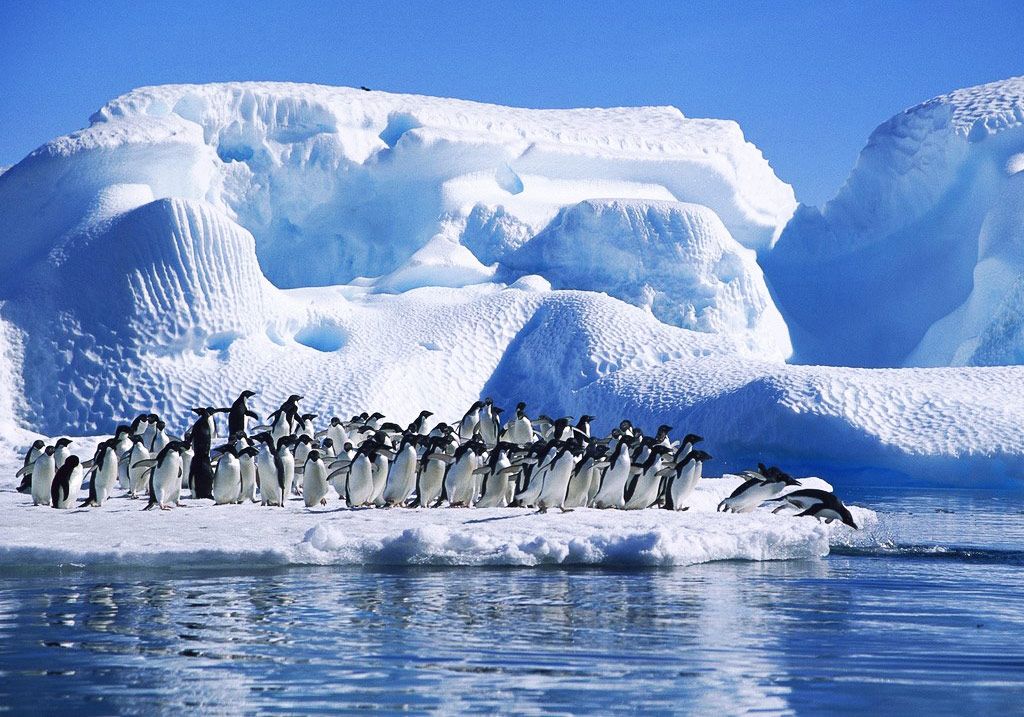
The Antarctic Ocean, also known as the Southern Ocean, is the youngest formed 30 million years ago. It covers 6% of the Earth’s surface and has an average depth of 10,700 feet.
Moreover, it is regarded as the fourth biggest ocean in the world, home to elephant seals, sei whales, sperm whales, Adelie penguins, and many more.
16. Internet Connection in The Ocean
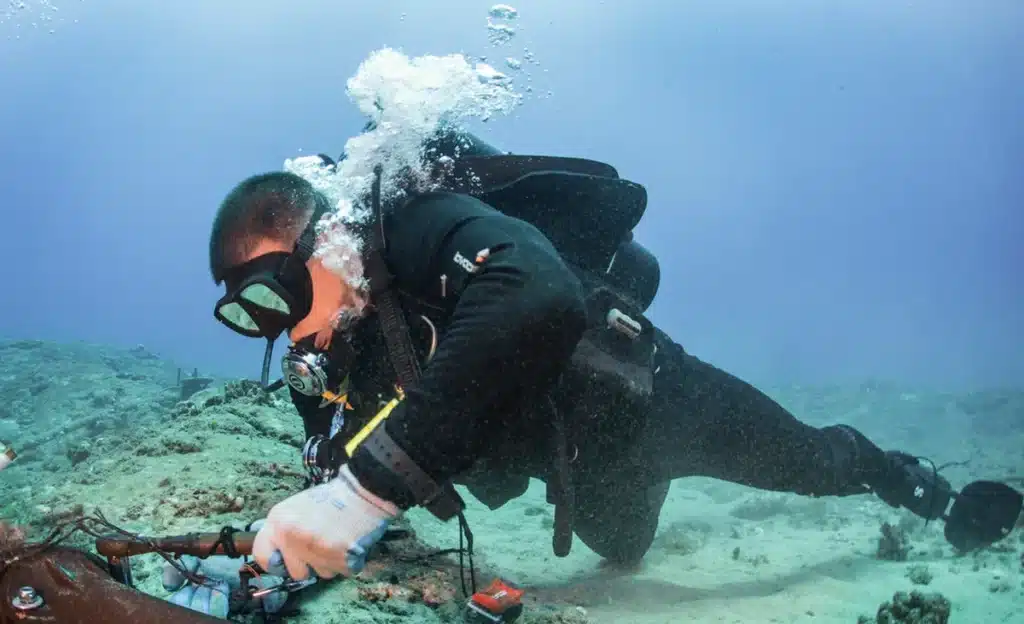
Underwater cables have transmitted over 99 percent of intercontinental data traffic for the past few decades.
By enabling the transmission of data across oceans, submarine cables play a significant part in enabling global communication.
In essence, these cables are high-capacity fiber-optic lines built to resist harsh underwater environments.
17. World’s Largest Living Structure in The Ocean
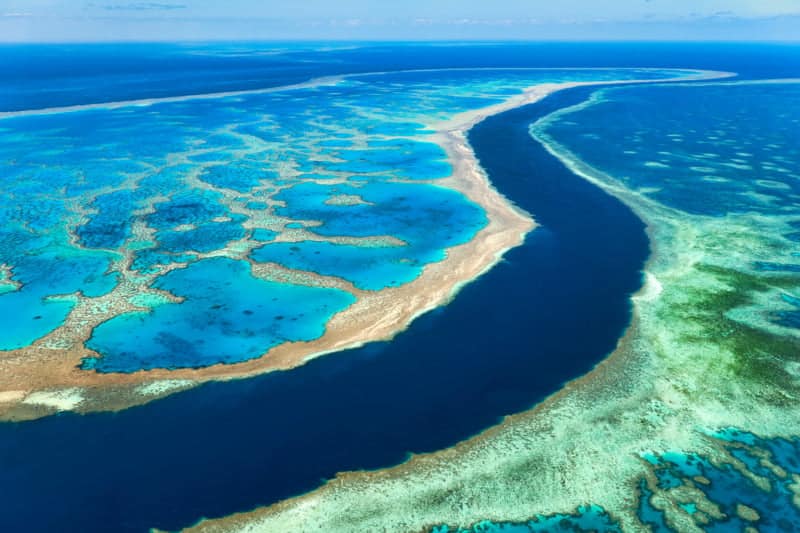
Did you know? The world’s largest living structure isn’t a tree or fungus but the Great Barrier Reef!
One of the most famous natural wonders, the Great Barrier Reef, is the largest living structure in the world.
It comprises thousands of small reefs and islands and stretches over 2,300 kilometers (1,430 miles) along the northeastern coast of Australia.
Coral polyps, small animals that release calcium carbonate to create rigid skeletons, accumulate to form the reef.
18. Ocean – The Greatest Source of Oxygen
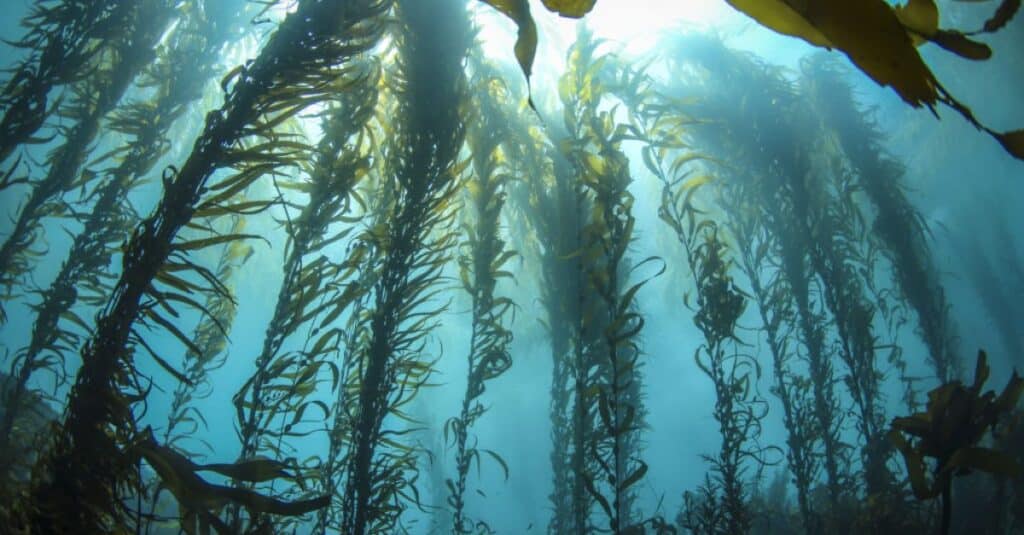
In the list of facts about the ocean, the next one is quite interesting. The ocean plays a substantial role in oxygen generation, primarily through marine phytoplankton’s photosynthesis.
Microorganisms called phytoplankton, found near the ocean’s surface, produce a significant amount of the world’s oxygen.
Additionally, mangroves and seagrasses are examples of coastal ecosystems that produce oxygen.
19. Ocean, Still Remains Undiscovered
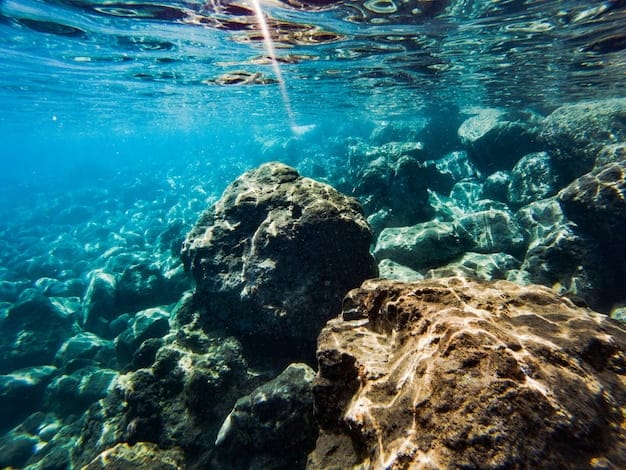
The vast portion of the ocean has never been explored or found. The depths of the ocean and its distant parts are still mostly unknown despite breakthroughs in science and technology.
We have only likely studied a small portion of the ocean, and we know more about the moon’s surface than the seafloor of our planet.
20. The Pacific Ocean was Believed to be Peaceful

Even while there are times when the Pacific Ocean is relatively tranquil, it is crucial to remember that it is enormous and diversified, spanning more than one-third of the planet’s surface.
There are many different ecosystems in the Pacific Ocean, from tranquil tropical islands to strong typhoons and volcanic activity along the Pacific Ring of Fire.
Not to mention the great white shark, box jellyfish, and others.
21. Pacific Ocean – Home to the ‘Ring of Fire’
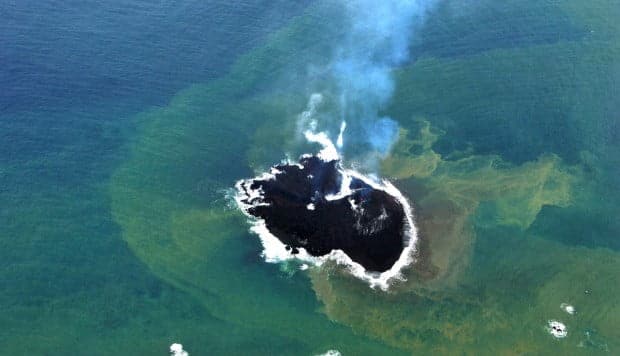
The Ring of Fire is a horseshoe-shaped region that is marked by intense tectonic activity, which includes volcanic eruptions and earthquakes.
Since it encircles the Pacific basin, this zone results from the Pacific plate’s interactions with the other surrounding plates. This causes volcanic arcs and seismic events.
22. Aware of RIP Currents

Rip currents are strong, constrictive waterways that run from the shore to the ocean. They endanger swimmers by yanking them abruptly away from the shore.
Swimmers caught in rips should maintain composure, swim parallel to the beach, and call for assistance. Beaches with lifeguards and safety education are essential.
23. An Unbelievable 3 Million Shipwrecks in The Ocean

Despite the difficulty in estimating the precise quantity, it is thought that there are roughly 3 million shipwrecks dispersed over the world’s oceans.
These wrecks, which range in age from ancient ships to contemporary ships, are significant in history, archaeology, and ecology and add to the ocean’s rich tapestry of tales.
24. Arctic Ocean – The Smallest & Shallowest Ocean
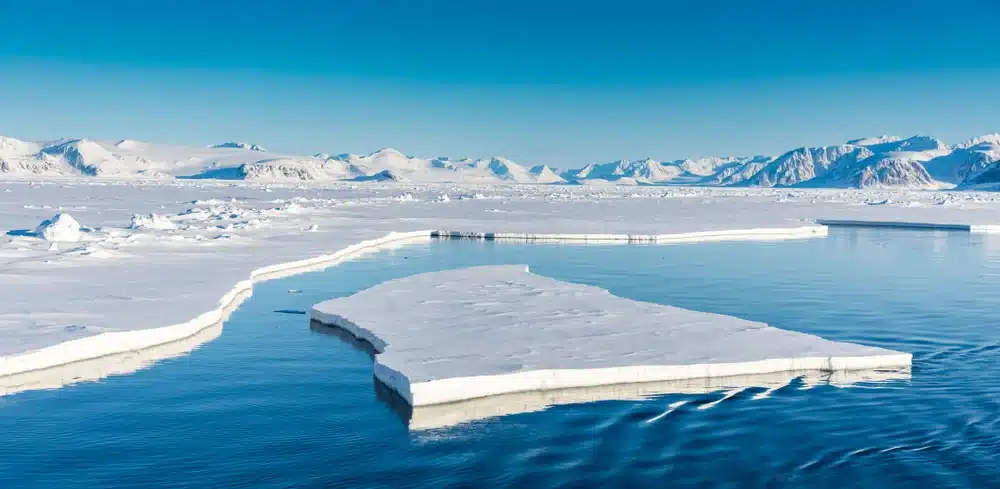
This ocean’s average depth is approximately 3,407 feet, which makes it the shallowest of all the other oceans.
In addition, this ocean covers an area of about 5,430,000 sq mi, making it the smallest of the 5 major oceans.
The reason for it being shallow boils up to its wide continental shelves, limited tectonic activity, thick continental crust, and many others.
25. Color Illusion

The color of the ocean is a result of water molecules absorbing sunlight’s colors, particularly those in the red and green spectral range.
Due to this absorption, blue is the main color that is reflected, giving the sky the stunning blue hue that we see.
26. Ocean – Storehouse of Artifacts
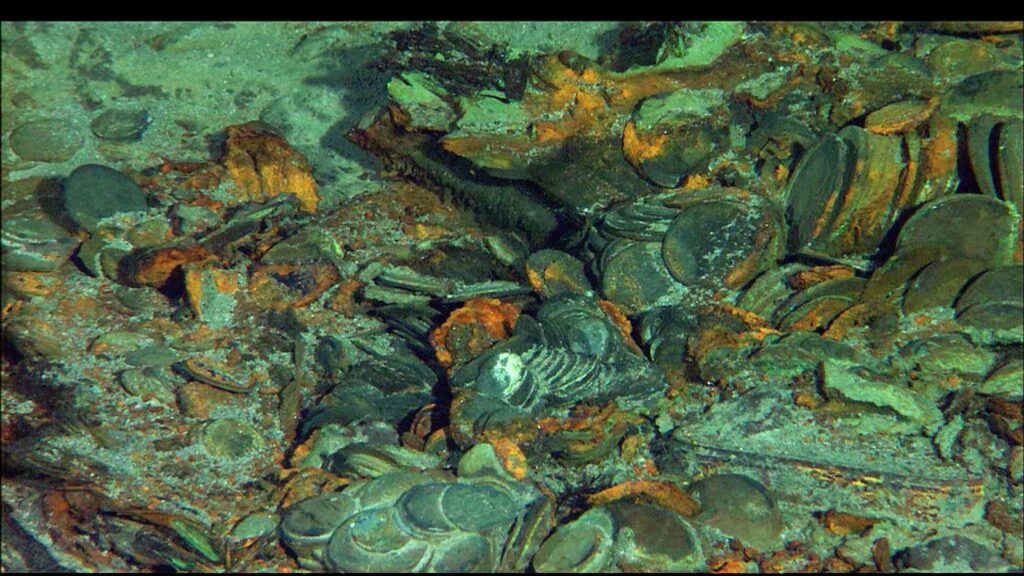
The depths of the oceans contain a treasure trove of artifacts that much outnumber those found in any museum.
The marine world has absorbed innumerable shipwrecks, lost treasures, antiquated artifacts, and even the remains of vanished civilizations over the years.
While many artifacts are still submerged beneath the ocean’s surface, their unearthing has added to our knowledge of human history and the deep mysteries.
27. Tallest Mountain
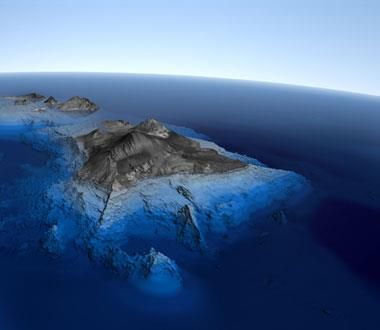
Mauna Kea, the highest mountain in the world, is submerged. This marine monster surpasses all summits on land despite being underwater.
A portion of its enormous height is still submerged beneath the water. This marvel transcends conventional mountain definitions and confounds our understanding of elevation, highlighting the astounding grandeur of Earth’s geography.
28. Color Variety
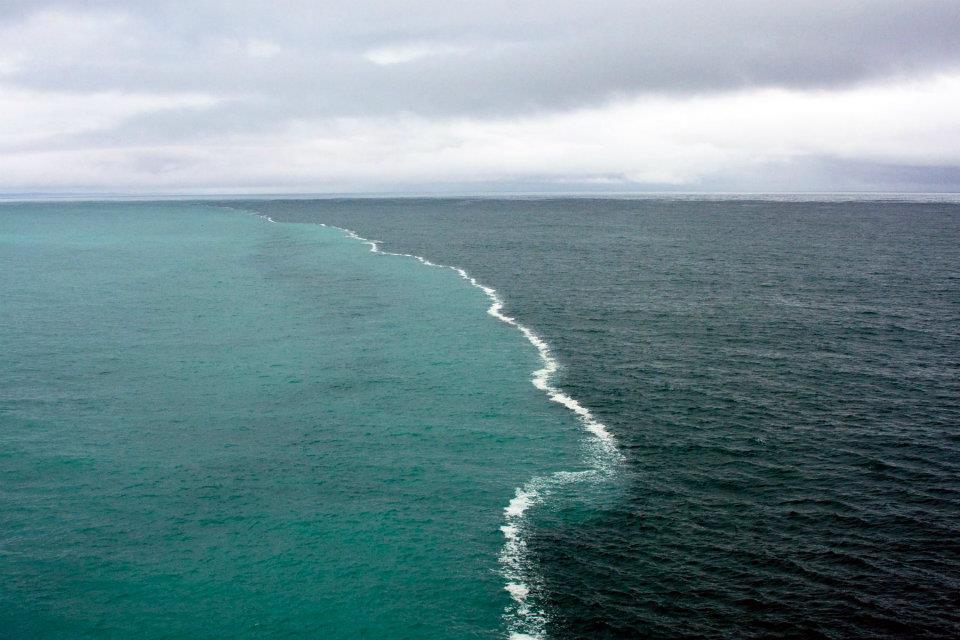
The location and composition affect the color of the water. It changes into turquoise or muted greys from vivid blues and peaceful greens.
The interaction between sunlight, the makeup of the water, and marine life is reflected in this chromatic diversity.
The mutating colors of the ocean reflect the richness and splendor of the aquatic environments on Earth.
29. Oceans have Lakes and Rivers
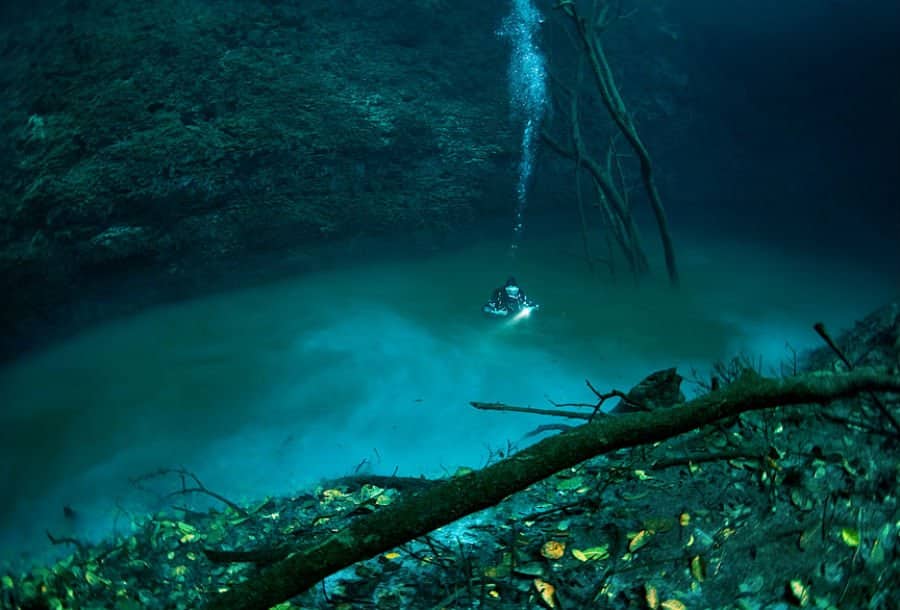
You will be amazed to know that you will find trenches, mountains, volcanoes, lakes, and rivers in the ocean. Curious?
So, here is how it works: as seawater passes through salt layers, it creates small depressions on the ocean floor.
Because it is denser and sinks into the depressions, the water surrounding it contains more salt than typical seawater. This results in the formation of tiny brackish pools.
30. Polar Oceans
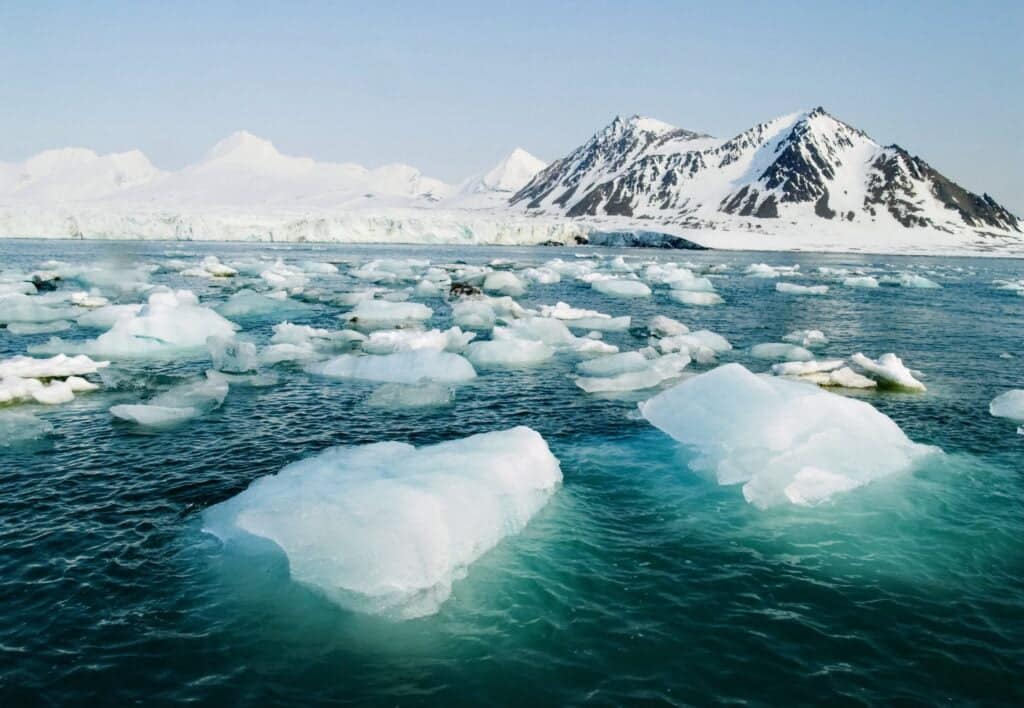
Submerged within the vast ice sheets that cover Antarctica are hidden ecosystems that are prospering. These mysterious ecosystems highlight how resilient life can be in harsh situations.
And provide important information about how adaptable species may be to survive in far-flung, difficult environments, which advances our understanding of Earth’s diverse biosphere.
31. Biggest Waterfall is in The Ocean

The ocean houses a remarkable natural wonder! Did you know the Irminger Current in the Denmark Strait is home to the world’s highest underwater waterfall?
Cold Arctic seas plunge 11,500 feet into the Atlantic in this unseen scene. This underwater cascade’s beauty reveals the intricate currents of the ocean and how they affect the underwater topography.
32. Huge Pressure at The Bottom of The Ocean
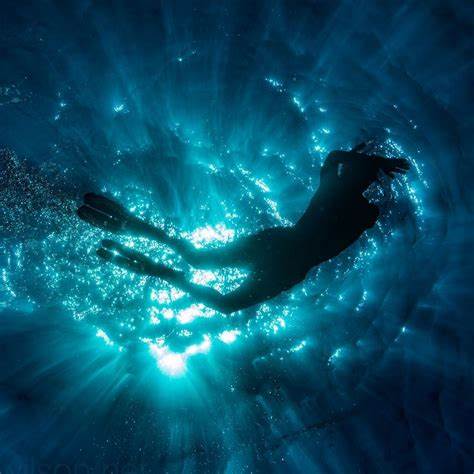
At 35,802 feet within the Mariana Trench, the water pressure is an astonishing eight tons per square inch.
This weighty pressure would make you feel as if you were singlehandedly lifting around 50 jumbo jets, highlighting the crushing enormity of the ocean’s depth and the forces at play in its depths.
33. Pacific Ocean Wider than The Moon

The Pacific Ocean, the largest and deepest ocean on Earth, is larger in area than the moon itself. One-third of the planet’s surface, or around 63 million square miles, is taken up by the Pacific Ocean.
The diameter of the moon, on the other hand, is roughly 3,474 kilometers. This scale comparison highlights the Pacific Ocean’s vastness.
34. Ocean Beneath The Ice
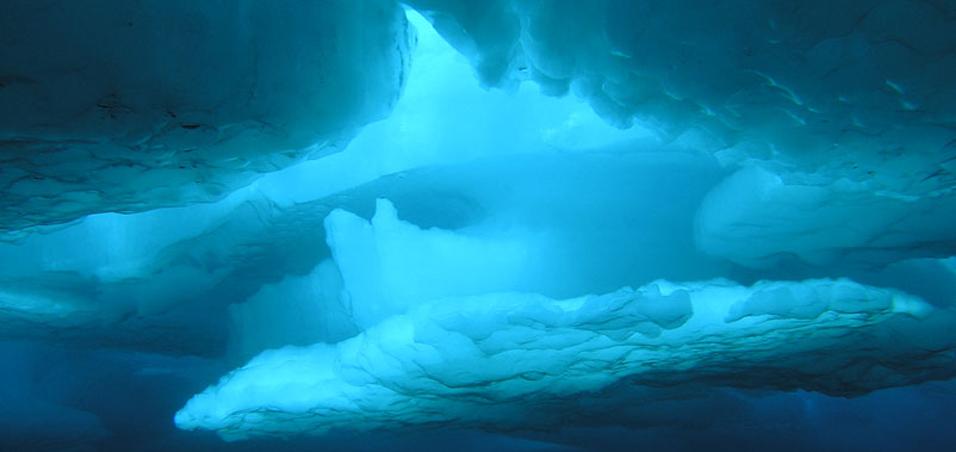
Under its thick ice sheets, Antarctica is home to hidden ecosystems that thrive in the deep water.
These mysterious ecosystems highlight the flexibility of life in harsh situations and provide insightful information about how species may survive in far-flung, difficult environments, adding to our knowledge of Earth’s diverse biosphere.
35. Deepest Point in The Earth’s Oceans

The Mariana Trench in the western Pacific Ocean contains the Challenger Deep, the deepest location in the world’s oceans. The approximate depth of the Challenger Deep is 10,928 meters (35,856 ft).
The Pacific Plate is subducting beneath the Mariana Plate, creating a very deep depression in the ocean bottom, which is the cause of the trench’s remarkable depth.
Conclusion
The ocean’s depths contain many untold stories due to its size and complexity. The journey is full of wonders, realizations, and awe, from the smallest plankton to the largest whales, from the sun-drenched surface to the abyssal depths.
You must embrace the curiosity that makes you want to learn more about the unknown, look for untold tales, and relish the exquisite beauty of the planet’s largest and most enigmatic playground.
It is proved that every living thing, no matter how tiny or unimportant it may seem, is essential to preserving the delicate balance of marine ecosystems.
The creatures that live in the ocean have displayed astounding adaptations that enable them to flourish in their particular habitats.
The blog has not just focused on facts; it has also highlighted the duty we all bear as caretakers of this priceless ecosystem.
We hope that the facts about the ocean were helpful and that oceans’ wonders will continue to inspire future generations to come!
Frequently Asked Questions
How Does Ocean Acidification Work?
Ocean acidification is fueled by the atmosphere’s rising carbon dioxide (CO2) level. This CO2 is largely absorbed by the oceans, which causes a chemical process that lowers the pH of the seawater. Ocean acidity increases as a result. The extra CO2 combines with the water to create carbonic acid, which subsequently releases hydrogen ions to decrease the pH and increase the corrosiveness of the water.
What is the Great Barrier Reef?
The Great Barrier Reef, the world’s biggest coral reef system and a natural wonder, is situated in the Coral Sea off the northeastern coast of Australia. It consists of thousands of unique coral reefs and islands constituting a complex and lively underwater environment across 1,400 miles (2,300 km). It is possible to view the reef from space because of its size.
Why are Some Fish Called “Schools” of Fish?
When fish gather in huge numbers to swim together for various purposes relating to survival and protection, they are frequently called “schools.” These groups, or schools, may comprise hundreds to thousands of individual fish that move in unison. The schooling behavior of these aquatic animals has many benefits.
What Causes Waves in The Ocean?
The wind’s energy transferring to the water’s surface is the primary cause of ocean waves. The wind stirs up the water as it blows across the wide expanse of the ocean. The water molecules gain energy from this friction, which causes them to orbit in circles. These orbits produce waves that develop from ripples.
How is a Tsunami Caused?
The abrupt displacement of a significant amount of water, typically caused by undersea seismic activity such as earthquakes, volcanic eruptions, or landslides, causes tsunamis. Under the ocean’s surface, an earthquake can induce a rupture that shifts the bottom considerably. This movement causes the water above the fault line to move quickly, creating strong waves that travel in all directions.

